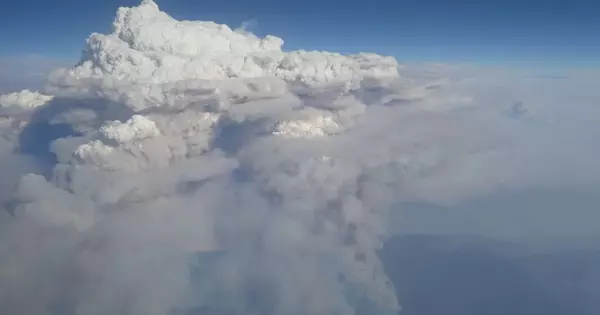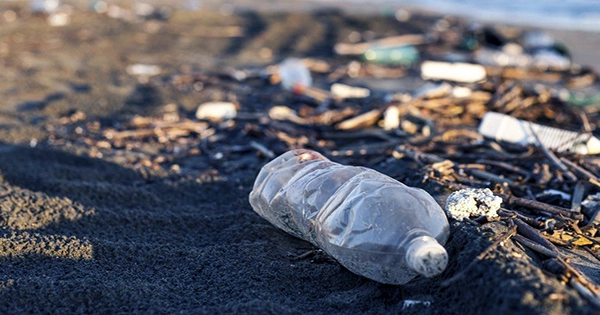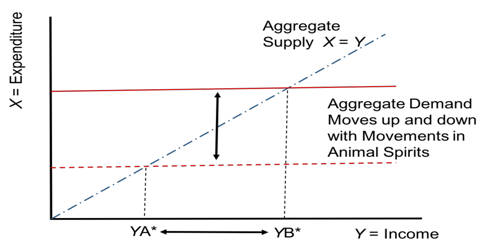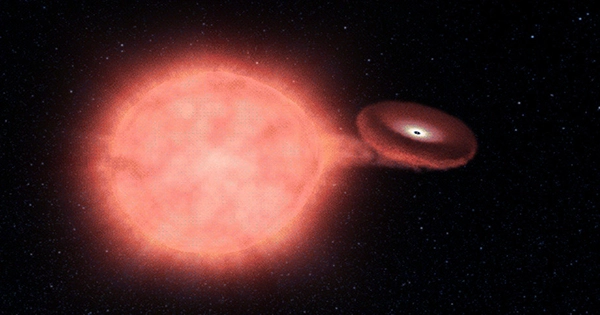Wildfires deplete the ozone layer, putting us at risk from ultraviolet (UV) radiation. The severe Australian wildfires in 2020 resulted in a significant drop in atmospheric ozone, and such occurrences are likely to become more common as the planet warms. Wildfires not only endanger habitat, property, and lives, but they also endanger our atmosphere.
According to a new study, smoke from wildfires depletes the ozone layer. Researchers warn that if major fires become more common as a result of climate change, more harmful ultraviolet radiation from the sun will reach the ground.
Smoke from the Australian wildfires in 2019 and 2020 destroyed atmospheric ozone in the Southern Hemisphere for months, according to atmospheric chemists from the University of Waterloo. The ozone shield is a layer of the Earth’s stratosphere that absorbs UV rays from the sun.
The Australian fires injected acidic smoke particles into the stratosphere, disrupting the chlorine, hydrogen, and nitrogen chemistry that regulates ozone. This is the first large-scale measurement of smoke that demonstrates it converting these ozone-regulating compounds into more reactive compounds that destroy ozone.
Peter Bernath
Ozone is a form of the gas oxygen. Unlike the more common form of the element, which is composed of two oxygen atoms bonded together, ozone is composed of three. It forms naturally when O2 is exposed to high energy sources such as UV radiation and lightning. With three oxygen molecules, it becomes unstable and reactive, eventually breaking down into the more stable two-molecule form of oxygen.
It can also form as a result of human activity, through the reaction of common exhaust pollutants such as nitrogen oxides and hydrocarbons in sunlight. At ground level, it is considered a pollutant in its own right and can harm health by causing lung damage and inflammation. However, in the atmosphere, ozone is beneficial to life on Earth. When UV enters the atmosphere, much of it is absorbed by ozone and causing it to break down into oxygen molecules and a free atom. These molecules react with more oxygen, ozone, and UV to regenerate the initial ozone.

The researchers used data from the Canadian Space Agency’s Atmospheric Chemistry Experiment (ACE) satellite to measure the effects of smoke particles in the stratosphere. The results appear in the journal Science.
“The Australian fires injected acidic smoke particles into the stratosphere, disrupting the chlorine, hydrogen, and nitrogen chemistry that regulates ozone,” said Peter Bernath, lead author of this study and research professor in Waterloo’s Department of Chemistry. “This is the first large-scale measurement of smoke that demonstrates it converting these ozone-regulating compounds into more reactive compounds that destroy ozone.”
The scientists were able to analyze how levels of different chemicals in the atmosphere changed during wildfires by using equipment from the Canadian Space Agency’s Atmospheric Chemistry Experiment (ACE) satellite.
‘The ACE satellite is a unique mission with over 18 continuous years of data on atmospheric composition,’ Peter explains. ‘ACE measures a large collection of molecules to give a better, more complete picture of what is happening in our atmosphere.
Similar to the holes over polar regions, this damage is a temporary effect, and the ozone levels returned to pre-wildfire levels once the smoke disappeared from the stratosphere. But an increase in the prevalence of wildfires would mean the destruction happens more often.
“The ACE satellite is a one-of-a-kind mission that has collected data on atmospheric composition for over 18 years. ACE measures a large number of molecules to provide a more complete picture of what is going on in our atmosphere” Bernath explained. “Because models can’t yet reproduce atmospheric smoke chemistry, our measurements provide a unique look at chemistry that hasn’t been seen before.”
We believe that everyone has the right to information based on science and truth, as well as analysis based on authority and integrity. That’s why we made a different decision: to keep our reporting accessible to all readers, regardless of where they live or how much they can afford to pay. More people will be better informed, united, and inspired to take meaningful action as a result of this.
















